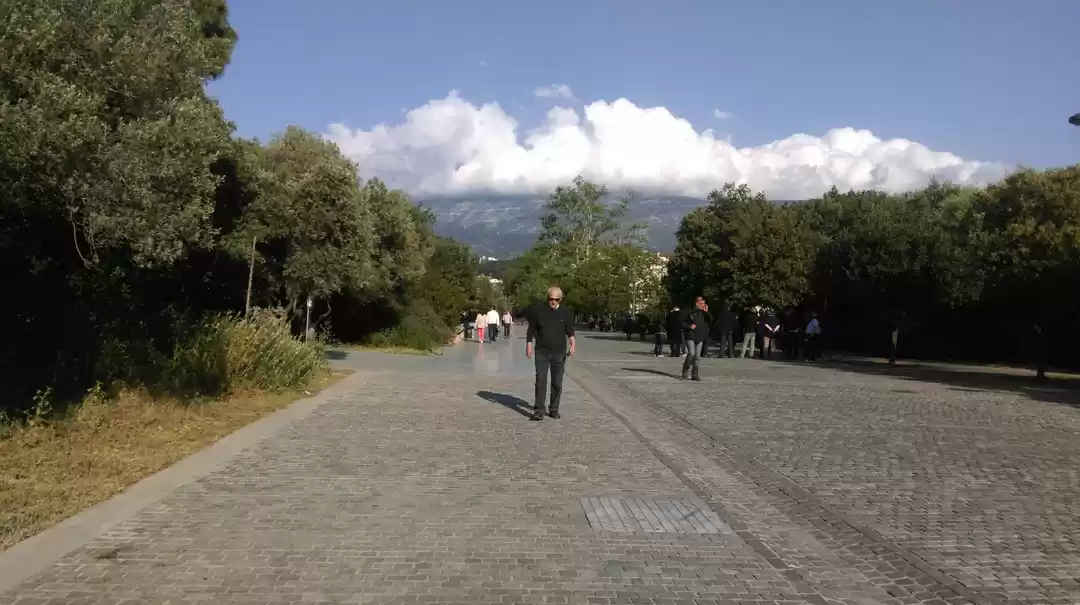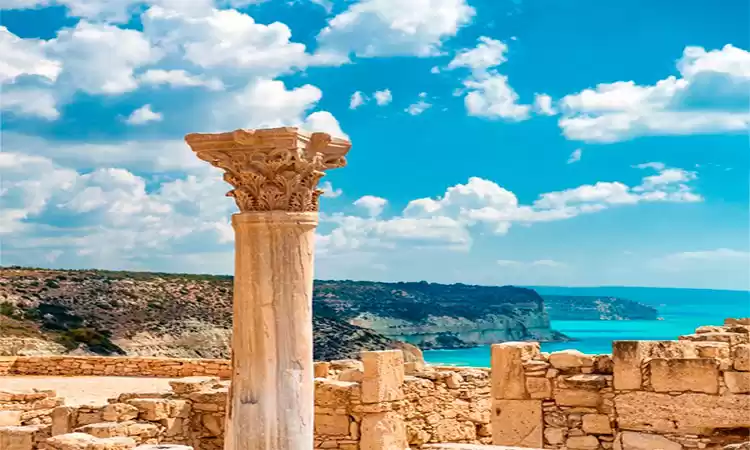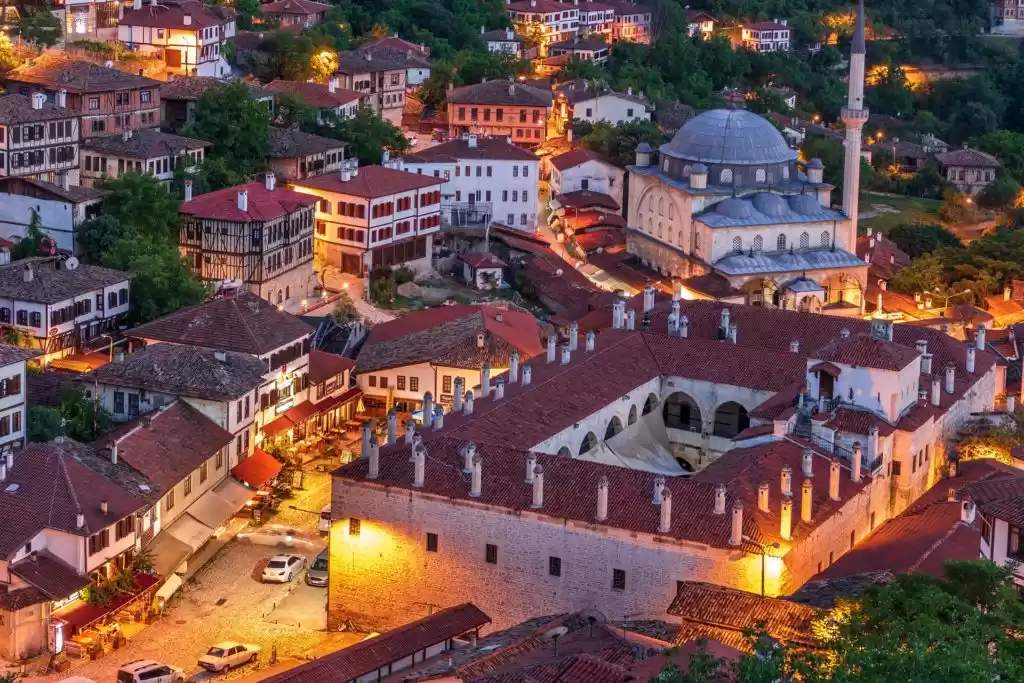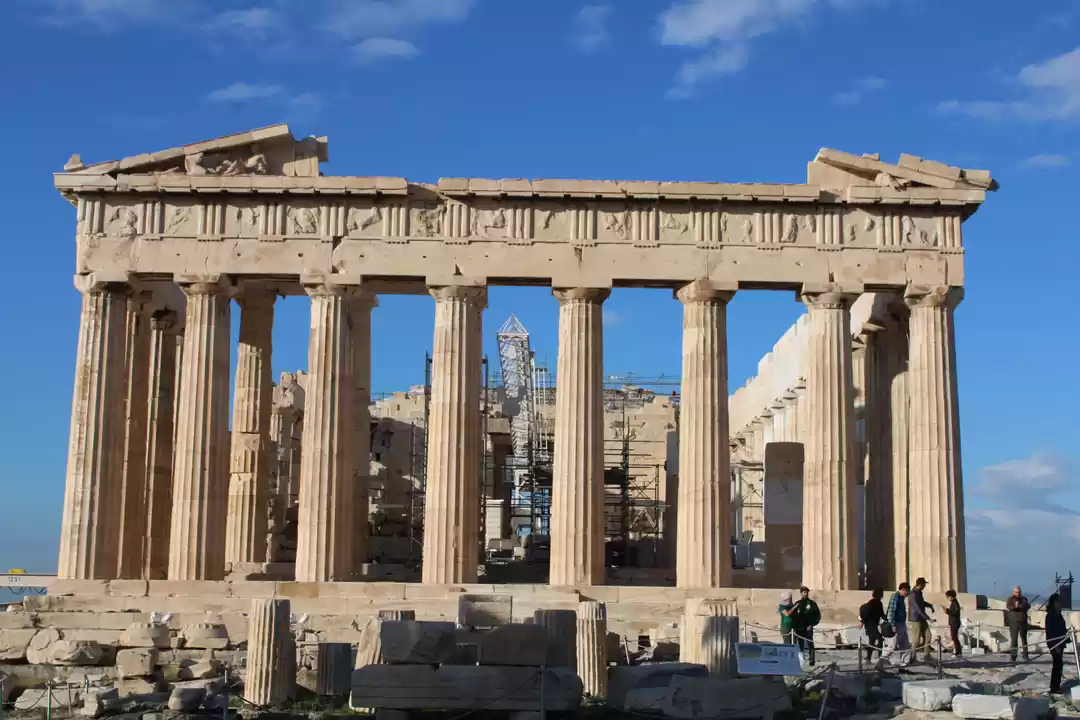Cyprus, an island nestled in the eastern Mediterranean Sea, carries within its shores a rich tapestry of history dating back millennia. Its strategic location has made it a melting pot of civilizations, each leaving behind traces of their existence through magnificent archaeological sites and ruins. From ancient Greek temples to Roman villas, Byzantine churches to medieval castles, Cyprus is a treasure trove for history enthusiasts and archaeology aficionados alike. In this exploration, we delve into the captivating journey through time offered by the island's remarkable archaeological heritage.
Cyprus is a very interesting place for both single and group excursions, we recommend booking a tour here - excurzilla.com To make your trip in Cyprus interesting and comfortable, we recommend renting a car - bookingauto.com

Cyprus: A Cradle of Civilization:
The history of Cyprus is a testament to the island's significance as a crossroads of civilizations. Its strategic location made it a coveted territory for various ancient powers, including the Greeks, Romans, Byzantines, and Ottomans. However, it was the earliest inhabitants who laid the foundation of its cultural heritage. Evidence of human settlement on the island dates back to the Neolithic period, with sites such as Choirokoitia offering insights into the island's prehistoric past.

The Ancient Greek Influence:
The influence of ancient Greece on Cyprus is profound, particularly during the Archaic and Classical periods. The city-kingdoms of Kourion, Salamis, and Paphos flourished as centers of trade, culture, and religion. Among the most impressive archaeological sites is the Sanctuary of Apollo Hylates in Kourion, dedicated to the god of Apollo. Here, the remnants of a grand temple and surrounding structures stand as a testament to the island's religious significance in antiquity.
Roman Legacy:

With the annexation of Cyprus by the Roman Empire in 58 BC, the island witnessed a period of prosperity and urbanization. The Romans left their mark on the landscape with opulent villas, baths, and theaters. One of the most iconic sites is the Roman Villa of Dionysus in Paphos, adorned with intricate mosaic floors depicting scenes from Greek mythology. This luxurious villa offers a glimpse into the lifestyle of the Roman elite who once inhabited the island.
Byzantine Splendor:

Following the fall of the Western Roman Empire, Cyprus became part of the Byzantine Empire, ushering in a new era of religious fervor and artistic expression. Byzantine churches and monasteries dot the countryside, adorned with vibrant frescoes and ornate iconography. The UNESCO-listed Painted Churches of Troodos are prime examples of Byzantine artistry, showcasing masterful paintings that narrate biblical stories with vivid detail.
Medieval Fortifications:
The medieval period saw Cyprus embroiled in conflicts between Byzantines, Crusaders, and Venetians vying for control of the island. Impressive fortifications were erected to safeguard strategic positions, with castles and citadels dotting the coastline. Kyrenia Castle, perched majestically overlooking the azure waters of the Mediterranean, is a formidable fortress that has witnessed centuries of conquests and sieges.

Preserving the Past:
Efforts to preserve Cyprus' archaeological heritage have been ongoing, with numerous excavations, conservation projects, and museum exhibitions aimed at safeguarding its treasures for future generations. The Department of Antiquities of Cyprus plays a pivotal role in managing and protecting the island's archaeological sites, ensuring their integrity and accessibility to the public.
Conclusion:

Exploring the ancient history of Cyprus through its archaeological sites and ruins is a journey through time, unveiling the layers of civilizations that have shaped its identity. From the Neolithic settlements to the medieval fortifications, each site tells a story of resilience, creativity, and cultural exchange. As custodians of this rich heritage, it is our responsibility to cherish and protect these remnants of the past, ensuring that they continue to inspire and educate generations to come. So, embark on a voyage of discovery and immerse yourself in the captivating allure of Cyprus' ancient history.






















